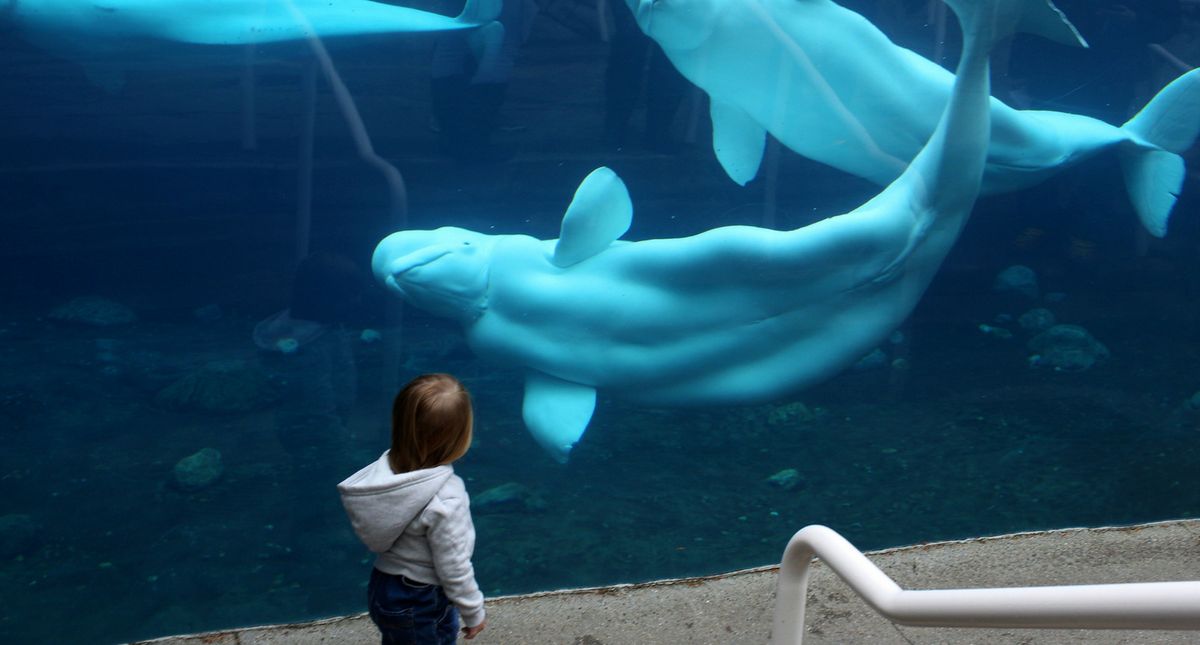A photo of a Beluga whale taken at a strange angle resurfaced on the Internet, once again unleashing speculation that the marine mammal has what appears to look like knees and legs.
The outline of symmetrical bones protruding from their underbellies creates an illusion that probably baffled many sailors in the early days of nautical discovery.
No, these creatures are not mermaids, nor is any trace of them remotely human.
Mashable settled the debate once and for all, calling the parallel structures in the photo, "blubber" – a primary storage for fat, or vascularized adipose tissue under the skin.
Blubber is attached to muscle and bone through complex networks of tendons and ligaments and are primarily found in cetaceans, pinnipeds, and sirenians. One of its functions includes the storing of energy to add buoyancy while swimming.
Carey Richard, the supervisor of cetaceans and pinnipeds at the Mystic Aquarium in Connecticut, told Mashable that the photo making the rounds on the Internet was just taken at a "weird camera angle."
The position of the camera is just such that they caught that blubber moving. I've never seen blubber looking like human anatomy.
The truth, however, didn't set everyone free.
Another filed the factoid away.
Still, others believe in the mythical species lurking in the lower depths of our imagination.
The theory that Beluga whales descended from land mammals might have legs after all.
According to Wikipedia, however, the earliest known ancestor of the Beluga whale is the Denebola brachycephala from the late Miocene period, and the discovery of a single fossil indicated that the species occupied warmer waters off the Baja California Peninsula.
 COMICSANDS
COMICSANDS percolately
percolately georgetakei
georgetakei secondnexus
secondnexus george's picks
george's picks












